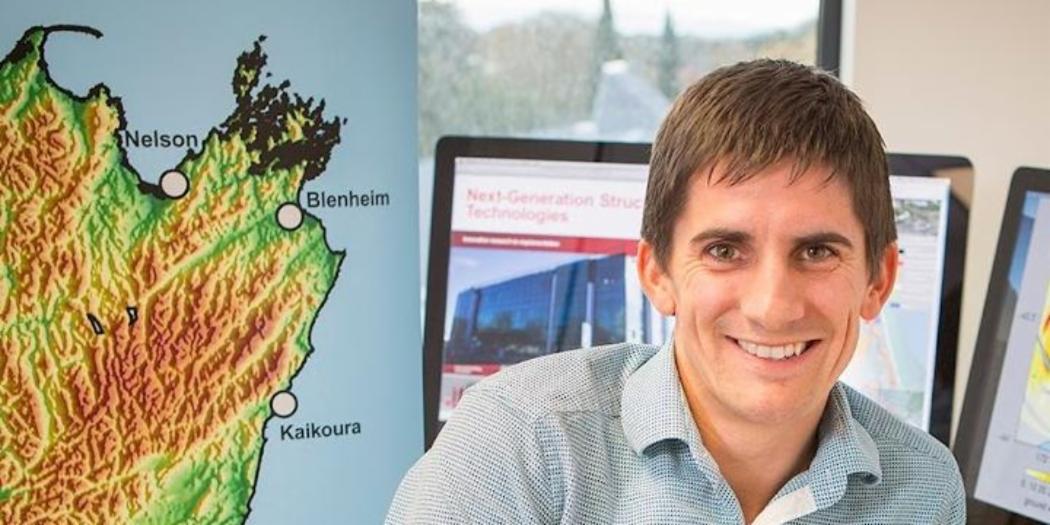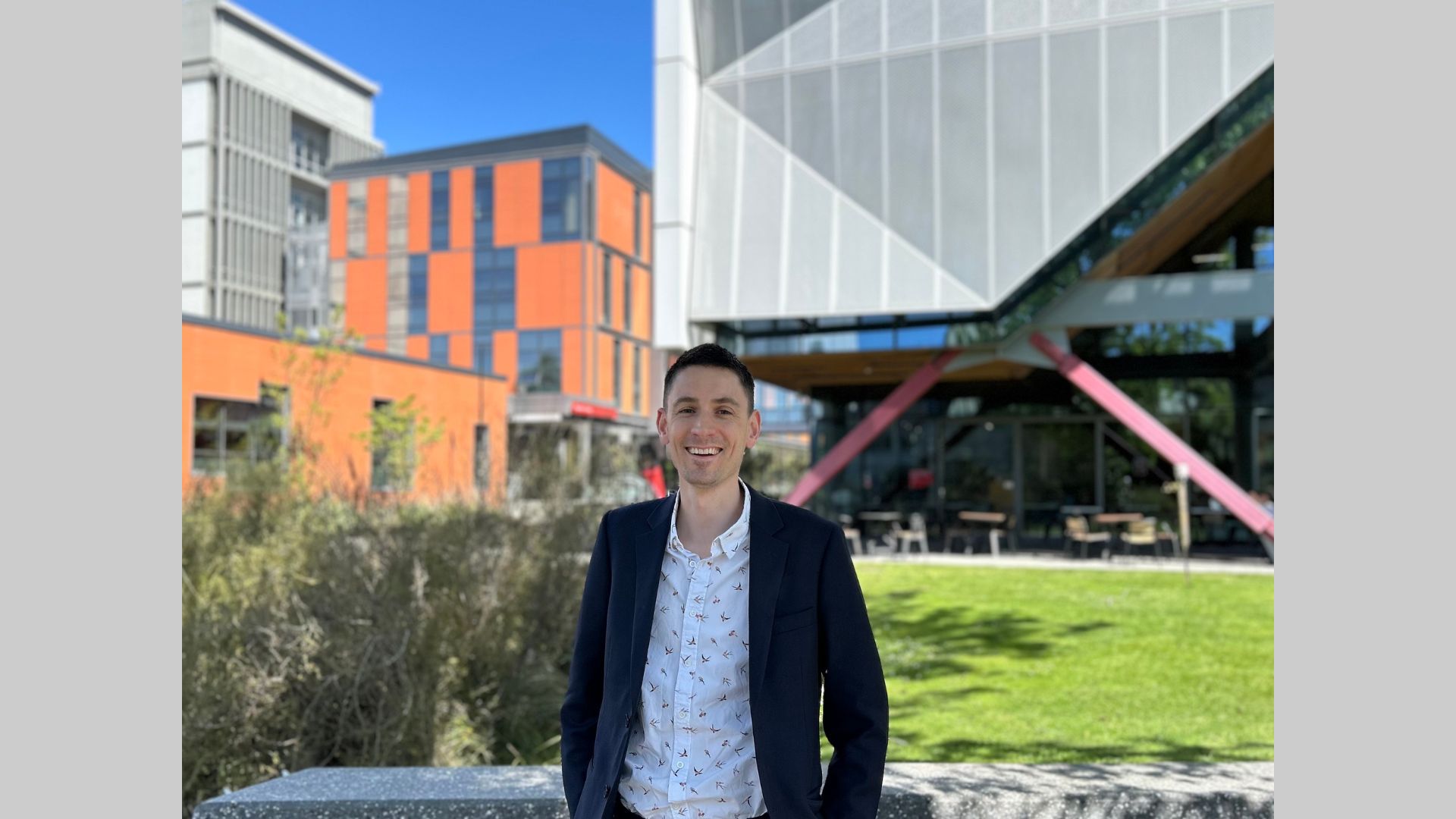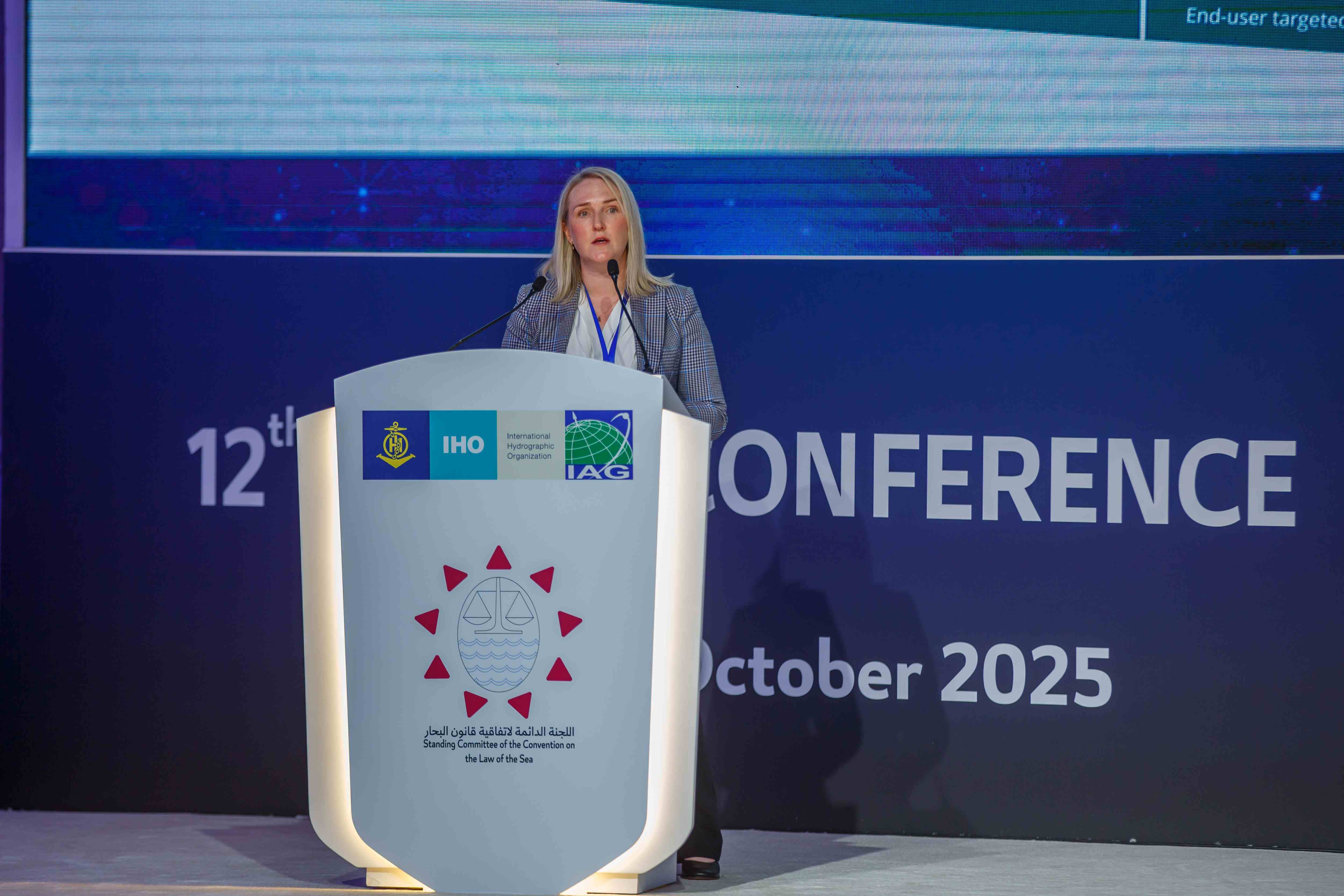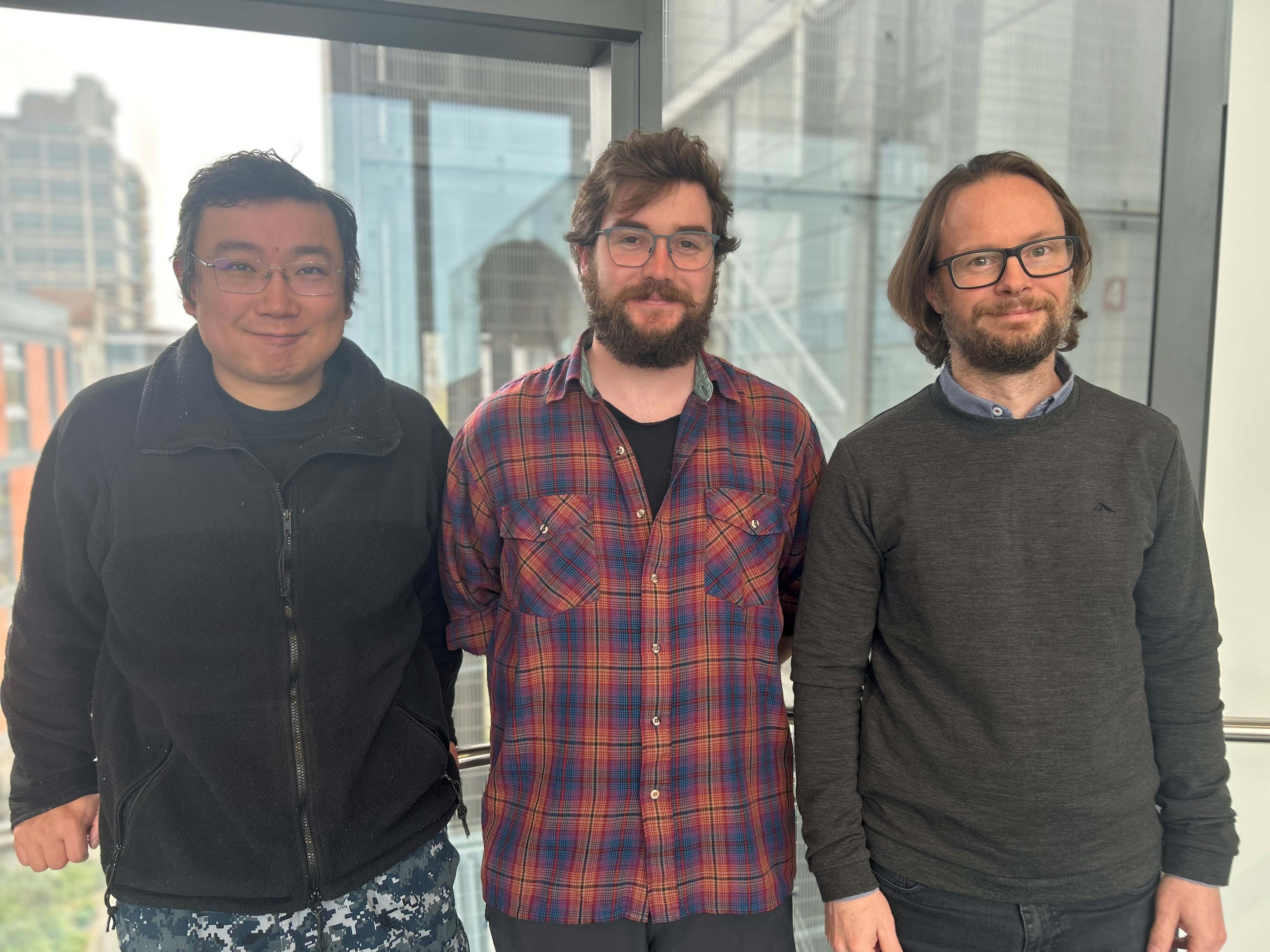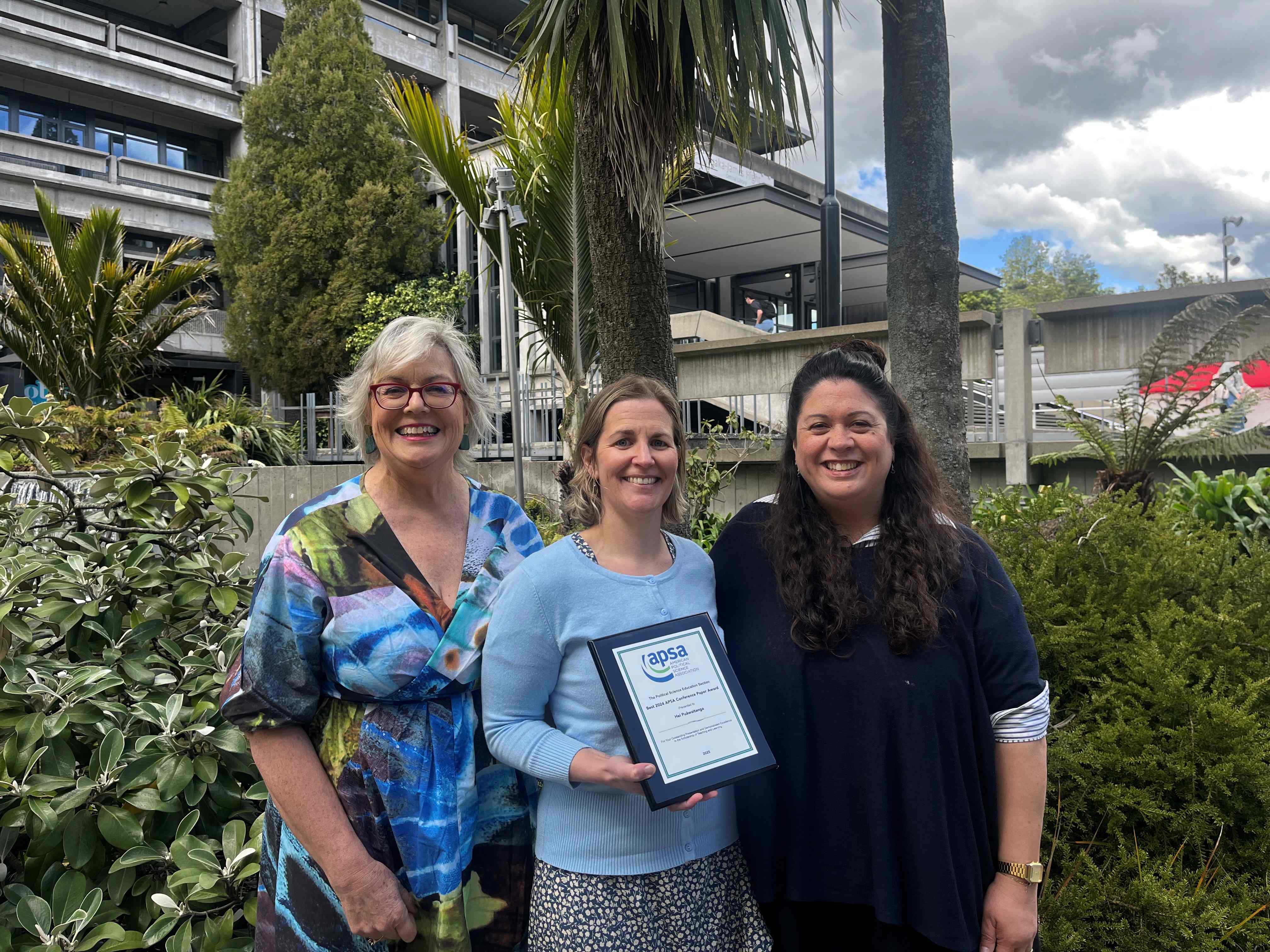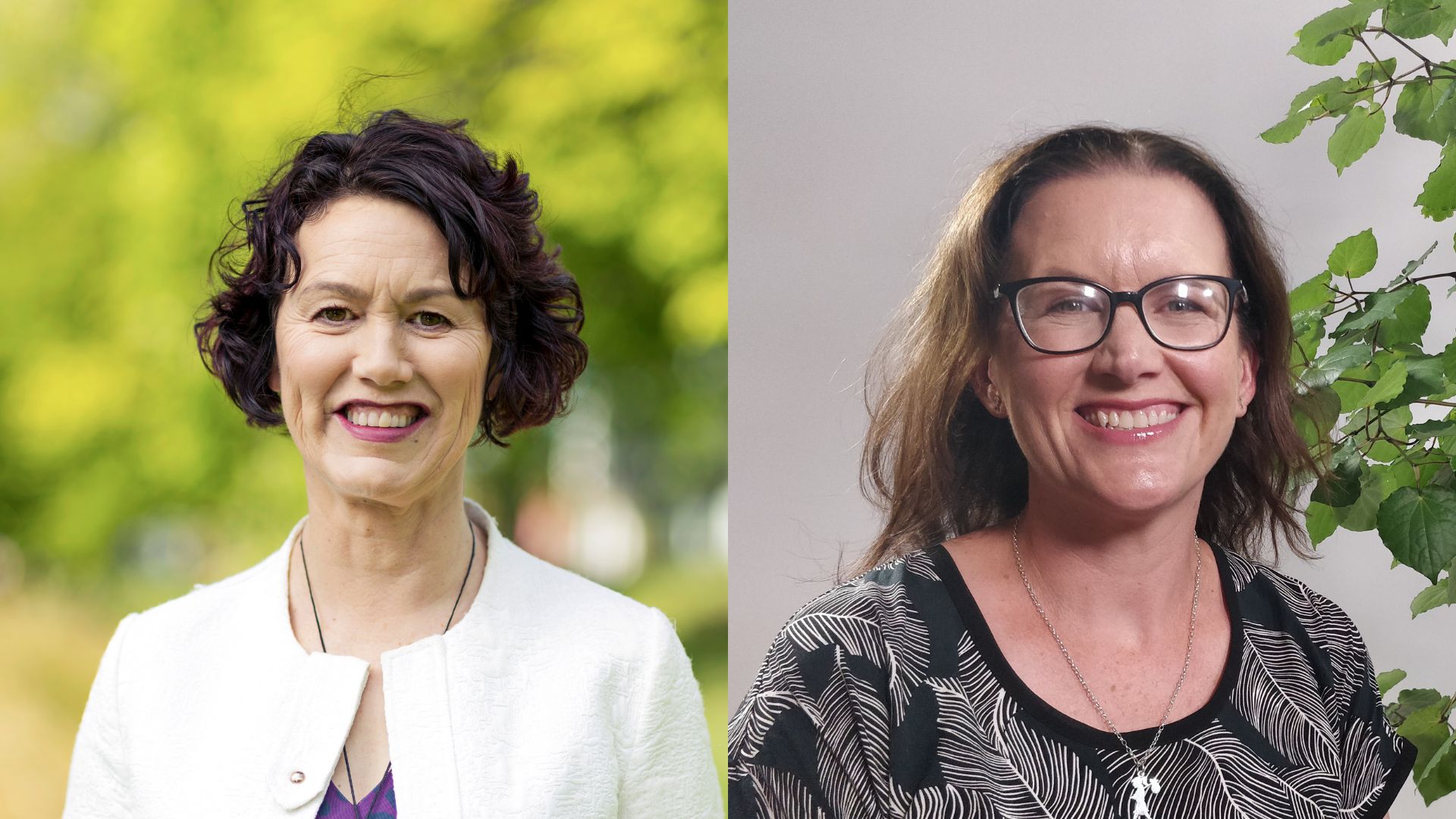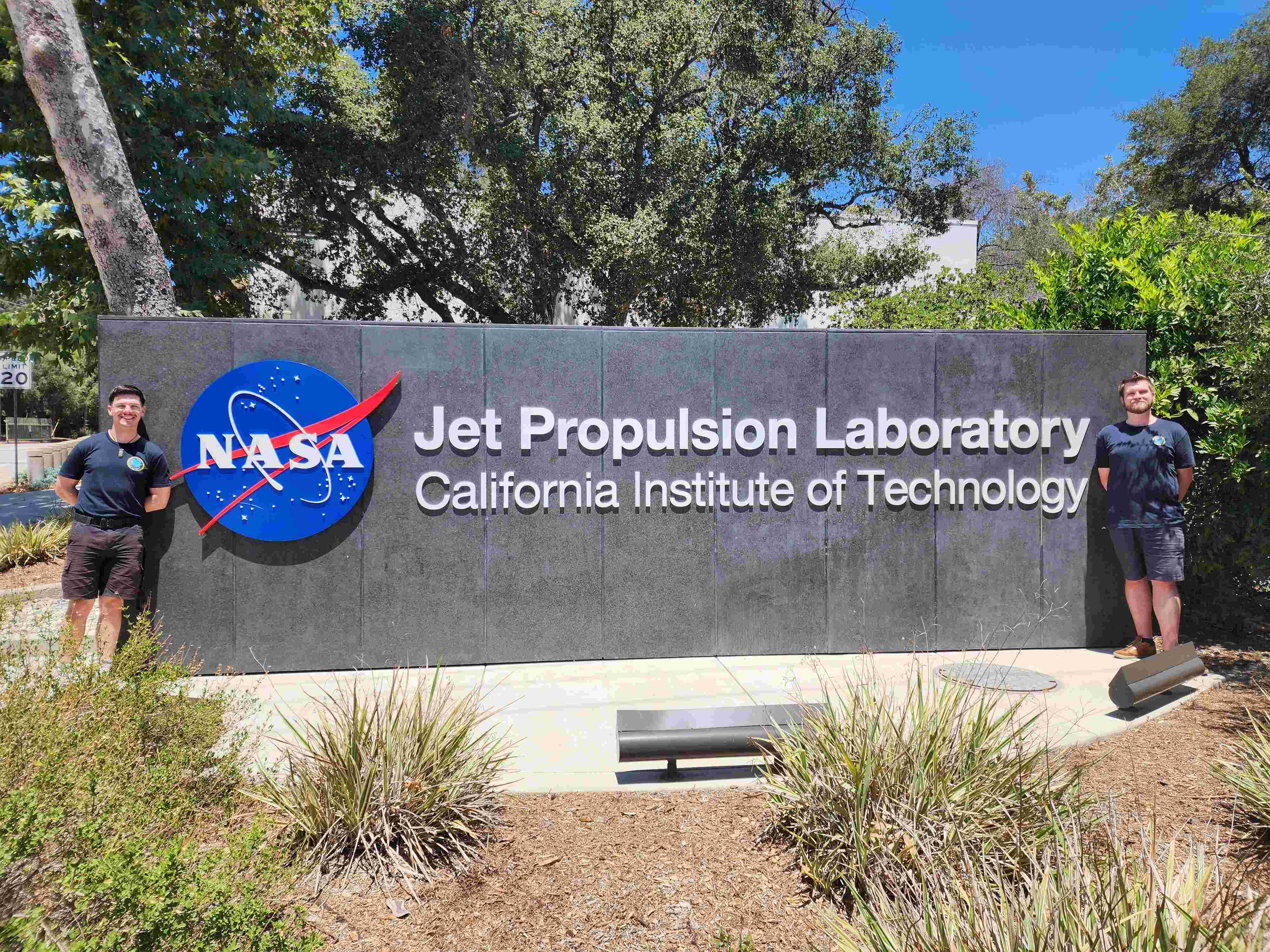Earthquakes are one of New Zealand’s most prevalent natural hazards and the strong ground shaking they produce has the potential to cause damage to our buildings, ground, and infrastructure, ultimately resulting in significant economic loss and societal disruption. As New Zealand is geographically located on a tectonic plate boundary, large earthquakes are unavoidable and inevitable. The 2010 Darfield, 2011 Christchurch and 2016 Kaikōura earthquakes are only a few of the significant earthquakes which have occurred in recent decades and yet larger earthquakes are understood to be possible. While prediction of strong ground shaking is conventionally carried out using empirical models developed using statistical methods, their ability to inform us of what may happen for large future earthquake scenarios is limited as they do not model the salient physics.
The funded research will focus on several different aspects of physics-based modelling of earthquake-induced ground motions, a state-of-the-art modelling method which is expected to alleviate many limitations of empirical models. While research to date has illustrated favourable performance of such simulations relative to empirical models, the potential of such simulations has still not yet been realized. As a part of the research, several pathways to improve the accuracy and precision of the simulations will be investigated leveraging New Zealand as a natural earthquake laboratory, followed by application of the simulations in physics-based probabilistic seismic hazard analysis. The simulations will also be used to create a physics-based understanding of the spatial correlations of ground motions. In other words, when ground shaking is exceptionally strong in one location, how likely is it to also be exceptionally strong at nearby locations, and why? This research will help inform seismic loss estimation related to spatially-distributed infrastructure and portfolios of building assets which will be critical for rare earthquake events.



